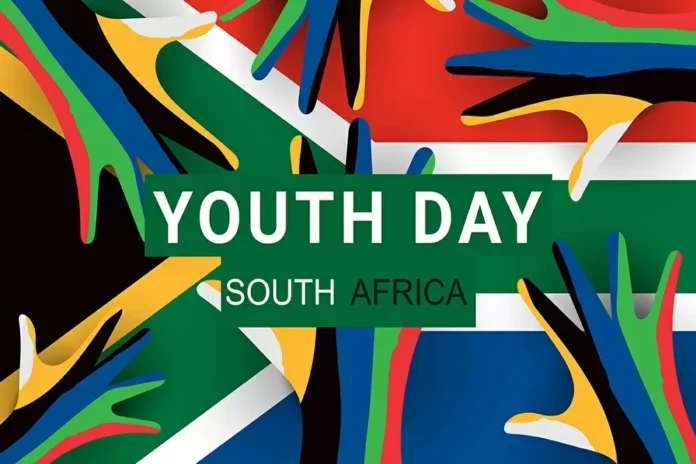The youth of 16 June 1976 will always be remembered as the brave and determined generation who stood up against injustice and fought for political change in our country. On that fateful day, thousands of young people took to the streets of Soweto to protest against the oppressive policies of the apartheid government. Their actions not only sparked a revolution, but also demonstrated their unwavering will to bring about a better future for themselves and their fellow citizens.
The events of 16 June 1976 were a culmination of years of frustration and anger among the youth. They were tired of being treated as second-class citizens in their own country, denied basic rights and opportunities simply because of the color of their skin. The introduction of the Afrikaans language as the medium of instruction in schools was the final straw that ignited the fire of resistance in the hearts of the youth.
Led by the likes of Tsietsi Mashinini, Hector Pieterson, and many other brave young leaders, the students marched peacefully through the streets of Soweto, demanding to be heard. However, their peaceful protest was met with violence and brutality from the police, who opened fire on the unarmed students. The iconic image of Hector Pieterson, a 13-year-old boy who was shot and killed by the police, being carried by his fellow students, became a symbol of the struggle against apartheid.
But the youth did not back down. They continued to protest and resist, despite the risk of being arrested, tortured, or even killed. They showed incredible courage and determination in the face of adversity, refusing to be silenced by the oppressive regime. Their actions inspired others to join the struggle and sparked a wave of protests and boycotts across the country.
The youth of 16 June 1976 were not just fighting for their own rights, but for the rights of all South Africans. They understood that their fight was not just about education, but about the larger issue of equality and freedom for all. They were willing to sacrifice their own safety and well-being for the greater good, and their selflessness and bravery inspired a nation.
Their actions also had a profound impact on the international community, shining a spotlight on the atrocities of the apartheid regime and garnering support for the anti-apartheid movement. The youth of 16 June 1976 showed the world that they were not just victims of oppression, but agents of change who were determined to bring about a better future for their country.
Their efforts did not go unnoticed. The Soweto Uprising marked a turning point in the struggle against apartheid, and the youth played a crucial role in bringing about the downfall of the oppressive regime. Their determination and resilience paved the way for a new era of democracy and freedom in South Africa.
Today, we honor the youth of 16 June 1976 for their bravery and sacrifice. Their legacy lives on in the hearts and minds of all South Africans, and their actions continue to inspire future generations to stand up for what is right and fight for a better tomorrow. They showed us that age is just a number, and that even the youngest among us can make a significant impact on the world.
As we commemorate Youth Day, let us remember the youth of 16 June 1976 and their unwavering will to bring about political change in our country. Let us also reflect on the progress we have made since then, and the work that still needs to be done to ensure that their sacrifices were not in vain. The youth of today have the power to shape the future, and it is up to us to continue the legacy of the brave youth of 1976 and build a better, more equal society for all.

